Forms of S.microphylla are stoloniferous
hybridsage
15 years ago
Related Stories
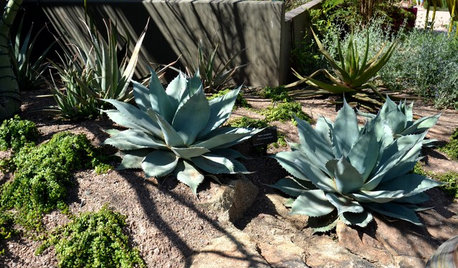
GARDENING GUIDESGreat Design Plant: Agave Ovatifolia
Whale’s tongue agave adds striking beauty to the drought-tolerant landscape with its uniquely shaped leaves
Full Story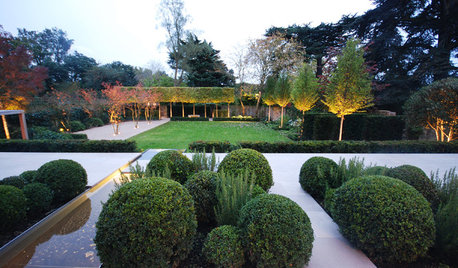
GARDENING GUIDES7 Ways to Rethink the Shrub
These versatile plants can do more than frame your home’s foundation or line an entry walk
Full Story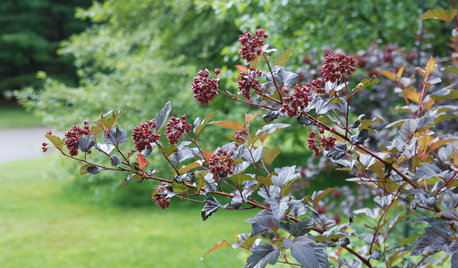
GARDENING GUIDES6 Branches and Berries to Spruce Up Holiday Decor
Bring garden cuttings in from the cold to warm up seasonal arrangements and decorate your home for the holidays
Full Story
LANDSCAPE DESIGNHow Low Can Hedges Go? Discover Unusual Garden Borders
Short enough to step over, high enough to be a stretch ... check out these radically different hedge styles and tell us your opinion
Full Story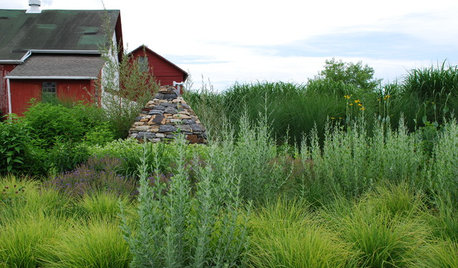
LANDSCAPE DESIGNProblem Solving With the Pros: An Abundant Garden Stretches Its Means
Swaths of resilient, eye-catching plants thrive with little care or resources in the landscape of a Pennsylvania farmhouse
Full Story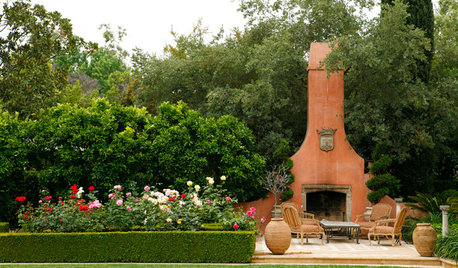
LANDSCAPE DESIGNMake Your Roses Even More Beautiful With These Companion Plants
Nourish your rosebushes and create a visual feast with these 7 classic and unexpected plant pairings
Full Story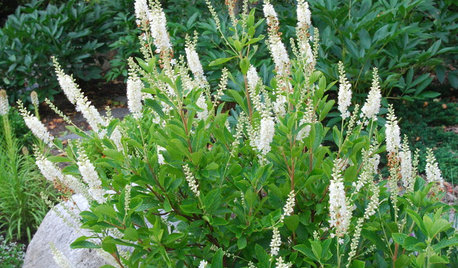
GARDENING GUIDESGreat Design Plant: Coastal Sweet Pepperbush Perfumes Gardens All Year
Bottlebrush blooms, gorgeous fall color and delightful fragrance give this U.S. native shrub 4-season appeal
Full Story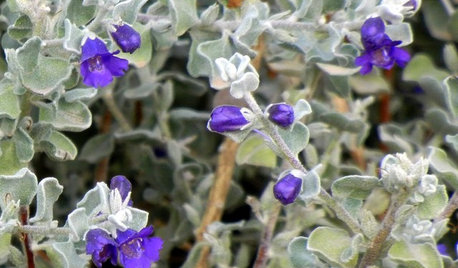
GARDENING GUIDESGreat Design Plant: Violet Silverleaf Thrives on Scant Water
Purple flowers transform silvery, sun-loving Leucophyllum candidum, while its easy care may change your gardening routine
Full Story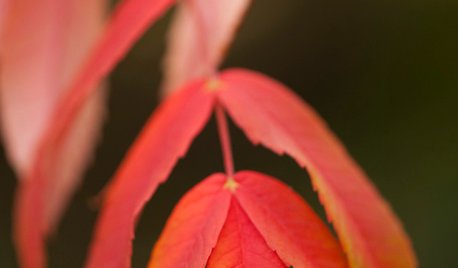
RED FOLIAGEGreat Design Tree: Staghorn Sumac
This fall superstar burns bright red and orange in the landscape — just keep an eye on its spread while you watch the show
Full Story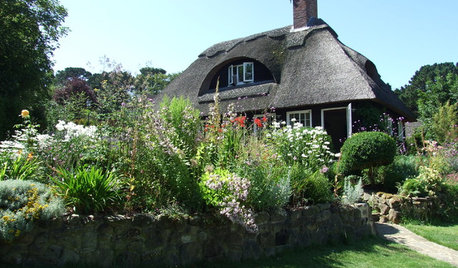
LANDSCAPE DESIGNHow to Create a Cottage-Style Garden
If you like an abundance of plants — and visits from birds, bees and butterflies — this may be the style of yard for you
Full StoryMore Discussions






rich_dufresne
hybridsageOriginal Author
Related Professionals
Citrus Heights Landscape Architects & Landscape Designers · Franconia Landscape Architects & Landscape Designers · Ashburn Landscape Contractors · Bethel Park Landscape Contractors · East Chicago Landscape Contractors · Hayden Landscape Contractors · Lakewood Landscape Contractors · North Haven Landscape Contractors · Northport Landscape Contractors · Hueytown Landscape Contractors · North Bellport Outdoor Lighting & Audio Visual Systems · Wichita Siding & Exteriors · Highlands Ranch Siding & Exteriors · Ramona Siding & Exteriors · North Reading Siding & Exteriorsdrusilla
rich_dufresne
drusilla
wardda
jimcrick
drusilla
robinmi_gw
jimcrick
drusilla
wardda
rich_dufresne
drusilla
hybridsageOriginal Author
rich_dufresne
drusilla